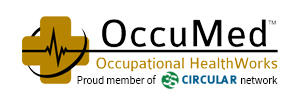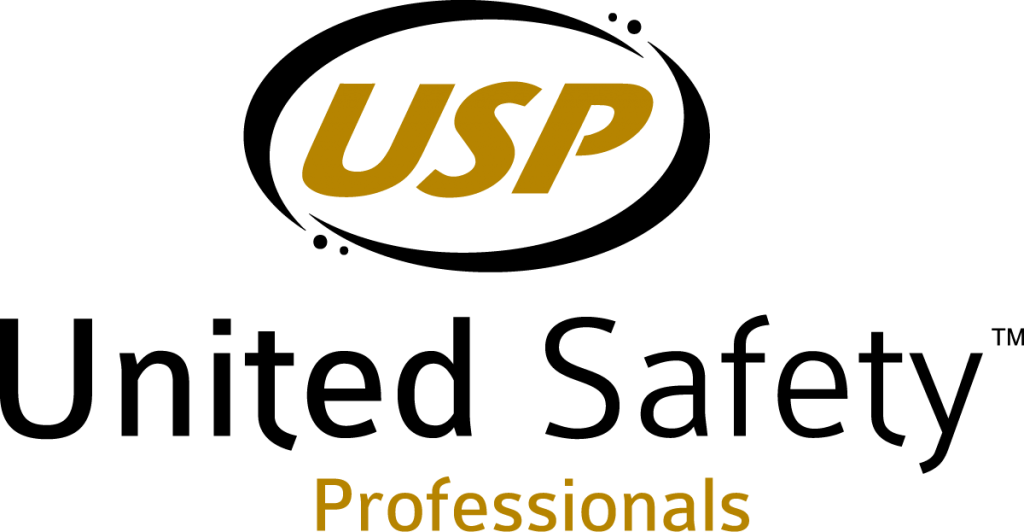As the coronavirus continues to spread, not only abroad but also here in the United States, and treatment has not yet been identified, the CDC recommends the following steps to remain vigilant.
OccuMed is committed to protecting the health and safety of America’s workers and workplaces during these unprecedented times. To that end, we’re providing up to date information from multiple sources to give you the information you need to ensure a safer workplace.
As the numbers of people affected with COVID-19 seem to be leveling off in some areas, now is not the time to become complacent. In time, we all hope, the economy will rebound, and people will resume their “normal” daily lives.
However, for those workers whose job are considered essential and are unable to adhere to the shelter in place guidance, the risk of infection is still a major concern.
Below we’ve compiled a quick list of simple steps to take while in the workplace to remain safe.
Before we discuss these steps, let’s recap about what we’re all dealing with…
What is Coronavirus?
Coronaviruses are a large family of viruses that are common in humans and many different species of animals, including camels, cattle, cats, and bats. Rarely, animal coronaviruses can infect people and then spread between people, such as with MERS and SARS. COVID-19 is spreading person-to-person in China and some limited person-to-person transmission has been reported in countries outside China, including the United States. However, respiratory illnesses like seasonal influenza, are currently widespread in many US communities.
Symptoms of COVID-19
Symptoms of COVID-19 Infection with SARS-CoV-2, the virus that causes COVID-19, can cause illness ranging from mild to severe and, in some cases, can be fatal. Symptoms typically include fever, cough, and shortness of breath. Some people infected with the virus have reported experiencing other non-respiratory symptoms. Other people, referred to as asymptomatic cases, have experienced no symptoms at all. According to the CDC, symptoms of COVID-19 may appear in as few as 2 days or as long as 14 days after exposure.
General Guidance for All Workers and Employers
According to OSHA, employers should adopt infection control strategies based on a thorough hazard assessment, using appropriate combinations of engineering and administrative controls, safe work practices, and personal protective equipment (PPE) to prevent worker exposures.
For all workers, regardless of specific exposure risks, it is always a good practice to:
- Frequently wash your hands with soap and water for at least 20 seconds. When soap and running water are unavailable, use an alcohol-based hand rub with at least 60% alcohol. Always wash hands that are visibly soiled.
- Avoid touching your eyes, nose, or mouth with unwashed hands.
- Practice good respiratory etiquette, including covering coughs and sneezes.
- Avoid close contact with people who are sick.
- Stay home if sick.
- Recognize personal risk factors. According to U.S. Centers for Disease Control and Prevention (CDC), certain people, including older adults and those with underlying conditions such as heart or lung disease or diabetes, are at higher risk for developing more serious complications from COVID-19.
Simple Steps to Take to Stay Safe
- Identify and Isolate Suspected Cases
Prompt identification and isolation of potentially infectious individuals is a critical first step in protecting workers, visitors, and others at the worksite.
- Clean and Decontaminate the Work Environment
Carefully evaluate whether or not work areas occupied by people suspected to have the virus may have been contaminated and whether or not they need to be decontaminated in response.
- Properly Train Workers
Teach them about the sources of exposure to the virus, the hazards associated with that exposure, and appropriate workplace protocols in place to prevent or reduce the likelihood of exposure.
- Initiate Professional Safety Training Programs
In these challenging times, the risk of exposure on your job site is more prevalent than ever.
We offer two Safety Service Options:
COVID-19 CONSULTING BUNDLE – Written directive/policy on requirements which can be either a corporate policy or a site-specific policy.
COVID-19 TRAINING (INFECTION CONTROL WEBINAR) – We offer Open Enrollment Classes and Private Company Sponsored Classes made available at your convenience.
If you have concerns about your workforce and coronavirus, please contact us today to learn about steps you can take to protect yourself, your family, and your employees.
Download Further Information:
OSHA Guidance on Preparing Workplaces for COVID-19
Ten Steps All Workplaces Can Take to Reduce Risk of Exposure to Coronavirus
Coronavirus Fact Sheet
Coronavirus Symptoms
Help Stop the Spread
Public Health Management Decision-Making


